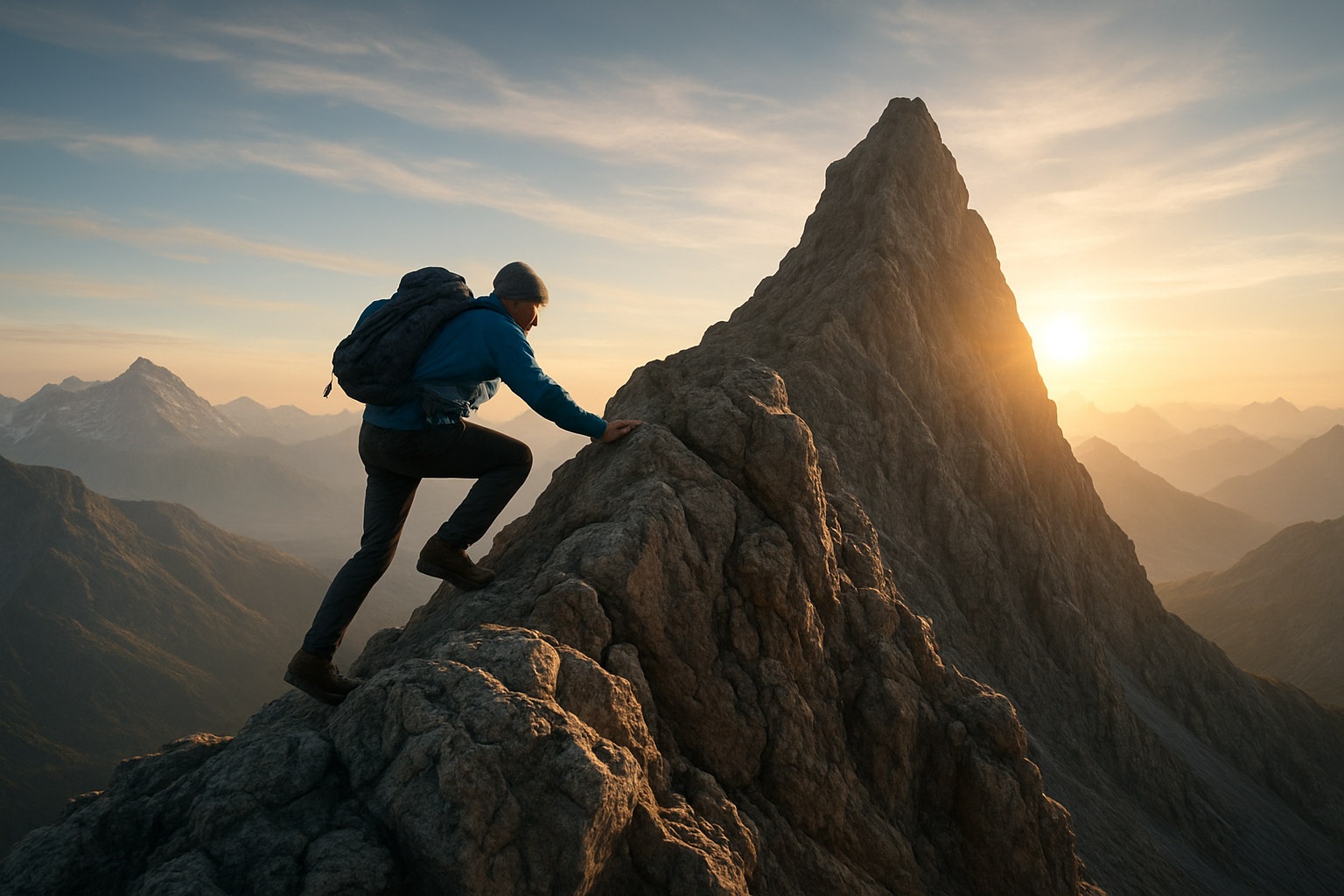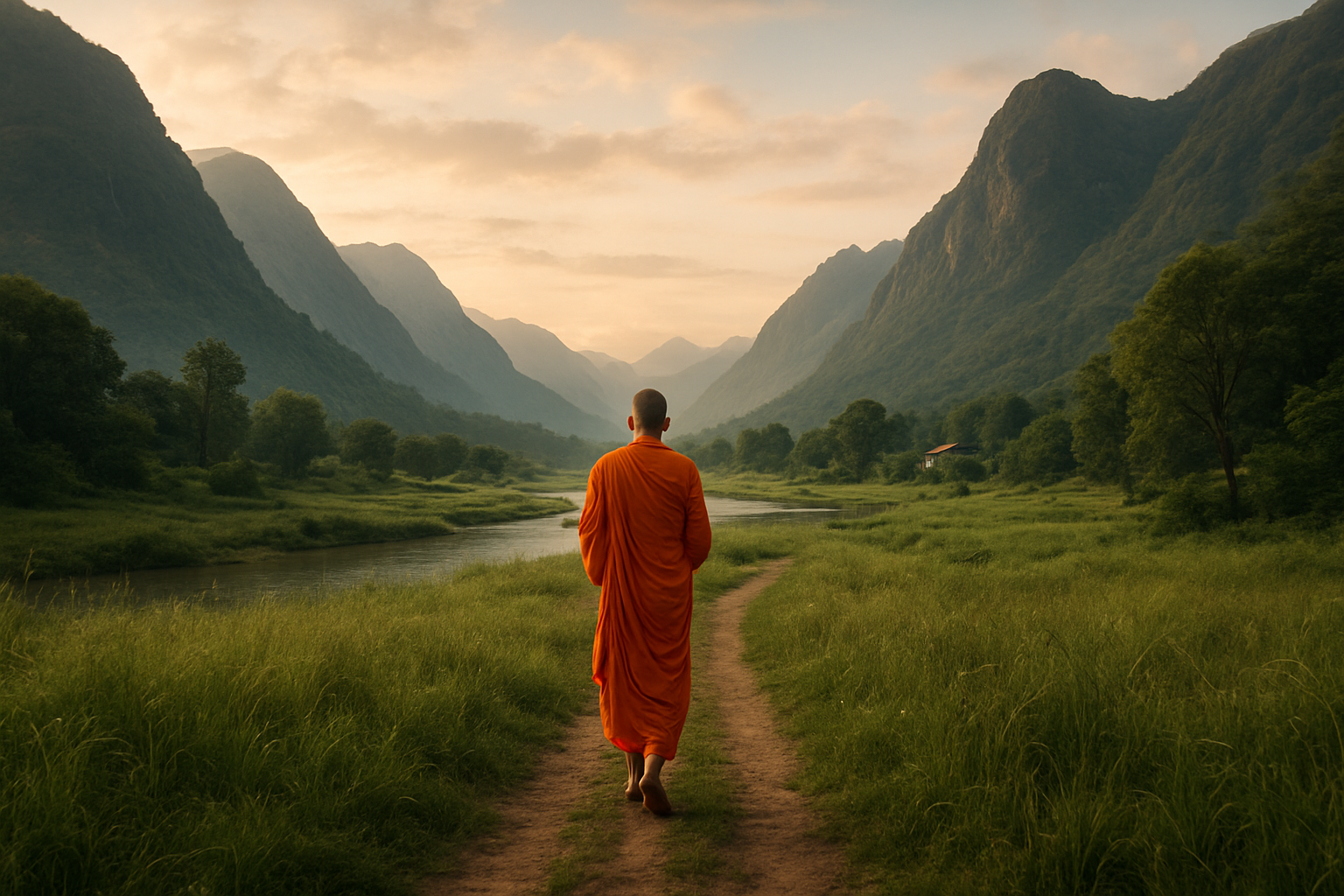In a world that is constantly on the move, finding moments of stillness has become a rare luxury. The traveler’s life, marked by endless journeys and ever-changing plans, can quickly become overwhelming. Yet, within this whirlwind of activity, there exists a profound opportunity: discovering stillness amidst motion. This balance is not only achievable but essential for the mindful traveler.
The Art of Stillness
“Sometimes the most productive thing you can do is relax,” said Mark Black, a motivational speaker and author. For travelers, embracing moments of stillness is about more than just taking breaks; it’s about cultivating a space within oneself that remains tranquil and centered regardless of external circumstances.
“It’s not about being still in the physical sense, but rather about finding that stillness mentally and spiritually,” notes Pico Iyer, a renowned travel writer. In his piece for the New York Times, he discusses how embracing stillness enriches the travel experience, allowing individuals to reflect and rejuvenate.
Mindful Practices for Travelers
Incorporating mindfulness into your travel routine can help maintain an inner calm. Here are a few practices to consider:
- Meditative Breaks: Dedicate a few minutes each day to meditation, whether it’s a deep breathing session or guided meditation. Apps like Headspace and Calm offer useful resources for travelers.
- Journaling: Keep a travel journal where you pen down your thoughts and experiences. This practice not only documents your journey but also serves as a reflective exercise.
- Digital Detox: Allocate specific times to disconnect from digital devices. Use this time to observe your surroundings, engage with local culture, or simply relax.
Creating and Finding Restful Spaces
Finding a haven of peace is crucial, especially for those constantly on the go. Whether it’s a serene café, a quiet corner in a bustling city, or the tranquility of nature, restful spaces recharge and inspire.
- A Taste of Local Life: Visiting local markets or attending community events can provide a unique perspective and a sense of connectedness.
- Parks and Open Spaces: Natural settings, even within urban environments, offer respite from travel hustle. Parks, gardens, and riverside walks can be particularly rejuvenating.
- Silent Retreats: Consider joining a short retreat or workshop focused on wellness and mindfulness. These experiences offer structured environments tailored to cultivating inner peace.
The Traveler’s Journey Within
The external journey through different landscapes and cultures becomes more meaningful when complemented by an internal journey. Author and philosopher Lao Tzu famously said, “A journey of a thousand miles begins with a single step.” This metaphorical journey towards inner stillness accompanies the traveler always, adding depth to their adventures.
“Travel far enough, you meet yourself,” states David Mitchell in his novel Cloud Atlas. The notion underscores that as travelers venture into the world, they also delve within, encountering aspects of their identity in novel circumstances.
Conclusion
In the constant motion of travel, finding stillness may seem counterintuitive, yet it is this stillness that bestows clarity and mindfulness. The traveler’s rest is an invitation to pause, reflect, and absorb the richness of their experiences. As you plan your next journey, consider not just the destinations on a map, but also how you can cultivate spaces of inner tranquility along the way. These moments of rest will not only enhance your travels but also nourish your soul.









